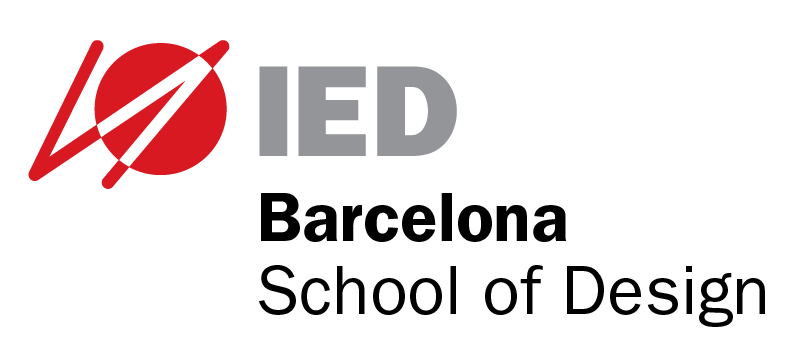Vehicle design : aesthetic principles in transportation design / Jordan Meadows
Material type: TextLanguage: English Publication details: New York ; London : Routledge, 2018Description: xviii, 222 pàgines : il·lustracions en color ; 25 cmContent type:
TextLanguage: English Publication details: New York ; London : Routledge, 2018Description: xviii, 222 pàgines : il·lustracions en color ; 25 cmContent type: - text
- sense mediació
- volum
- 9781138685598 (cart.)
- 9781138685604 (rúst.)
| Item type | Current library | Call number | Status | Date due | Barcode |
|---|---|---|---|---|---|
| Llibre | IED Barcelona Sala General / Producte i Industrial | P621 Mea (Browse shelf(Opens below)) | Available | 2019-1112 |
Browsing IED Barcelona shelves, Shelving location: Sala General / Producte i Industrial Close shelf browser (Hides shelf browser)
| P6.013 Bhi Ergonomics in the automotive design process / | P621 Mac H-point : | P621 Mac H-point : | P621 Mea Vehicle design : | P622 Bel Ride. | P(CLA) Gua Conversación polifónica sobre diseño y otras cosas : retrato imperfecto de Curro Claret / | P(CLA) Gua Conversación polifónica sobre diseño y otras cosas : retrato imperfecto de Curro Claret / |
Inclou referències bibliogràfiques (p. 216) i índex
Statement of Aims -- Introduction -- Chapter 1. Vision : Identifying opportunity, defining a vision, setting targets ; Verbalizing the vision: is a mental picture worth 1000 words? ; Identify and analyze strengths and weaknesses and opportunities in your portfolio ; Research examples of personal design manifesto and design movements ; Identify a customer and market opportunity based on an emotional experience ; Q&A: Ralph Gilles, Executive Vice President of Design, Fiat Chrysler Automobiles -- Chapter 2. Analyze : Introduction to the idea of narrative in design ; Why is a narrative important? ; How to construct a narrative to establish motivation ; Q&A: Angela Weltman on consumer insights -- Chapter 3. Verbalize : Spreading the word and generating a mission statement ; Understanding the interplay between brand and design brief ; Creating a design brief ; Case study: Mazda Motorsports and Furai concept mission and brief ; Q&A: Robert Davis, Senior Vice President, Mazda North America and Head of Mazda Motorsports -- Chapter 4. Ideate : Get going!: staring at a blank page ; Explore various vehicle packages and technical solutions based around the needs of your target customer and market opportunity ; Consider the powertrain implications on basic packaging: it's physically motivating the vehicle! ; Structure and a framework for vehicle architecture ; Explore unique visual DNA for vehicle based on objectives established in your design brief ; Begin to explore surface language ; Explore details, and unique selling points and features ; Create a range of choices ; Q&A: Freeman Thomas, Global Advanced Design Director, Ford Motor Company -- Chapter 5. Implement : Selecting key directions and identifying themes ; Design strategy: a brief overview ; Understanding segmentation and competitive benchmarking ; Magic, risk and balancing science with sorcery ; Q&A: Peter Schreyer, Chief Design Officer, Kia/Hyundai -- Chapter 6. Develop : Case study: Ford Mustang exterior, Part 1 ; Releasing the wild horse ; Character development and processing imagery ; Establishing an architectural and visual foundation ; The major league: design development in full-size -- Chapter 7. Select : Refining proposals and making a final selection ; Case study: Ford Mustang, Part 2 ; Creating an initial design prototype ; Final theme selection ; The final cut -- Chapter 8. Synthesize : Bringing ideas together, creating an overall composition ; UX (User experience) design in overview ; Experiences in motion: UX for vehicles ; Strategies and methods for vehicle UX ; Looking forward: unique opportunities ; Case study: Jeep Willys concept, component design -- Chapter 9. Model : Making it happen! ; Virtual 3-D and the digital design process ; Digital sketch modeling ; Three-dimensional data development ; Rapid validation mockups ; Case study: Clay modeling: Mazda Kiora concept ; 3-D printing, rapid prototyping, and hard model fabrication ; Deployment strategies for different types of model making -- Chapter 10. Build : Vetting an idea ; Engineering, processing and testing ; Market research, clinics, and gauging acceptance ; Early-stage vetting for designers ; Q&A: Raj Nair, Executive Vice President, Product Development, and Chief Technical Officer, Ford Motor Company -- Chapter 11. Launch : Critiques, constructive presentations, and the exchange of ideas ; Presenting to clients, management, and key stakeholders ; Pitching to prospective users, selling new viewers on an idea ; Q&A: Moray Callum, Vice President of Design, Ford Motor Company -- Chapter 12. Evaluate : Taking stock of lessons learned while looking ahead ; Looking forward: factors changing the future of transportation ; Future population scenarios ; New and emergent mobility paradigms ; Connectivity and the internet of things ; Zero emissions technology ; Autonomous and driverless scenarios ; New questions for designers ; Key implications for designers

There are no comments on this title.